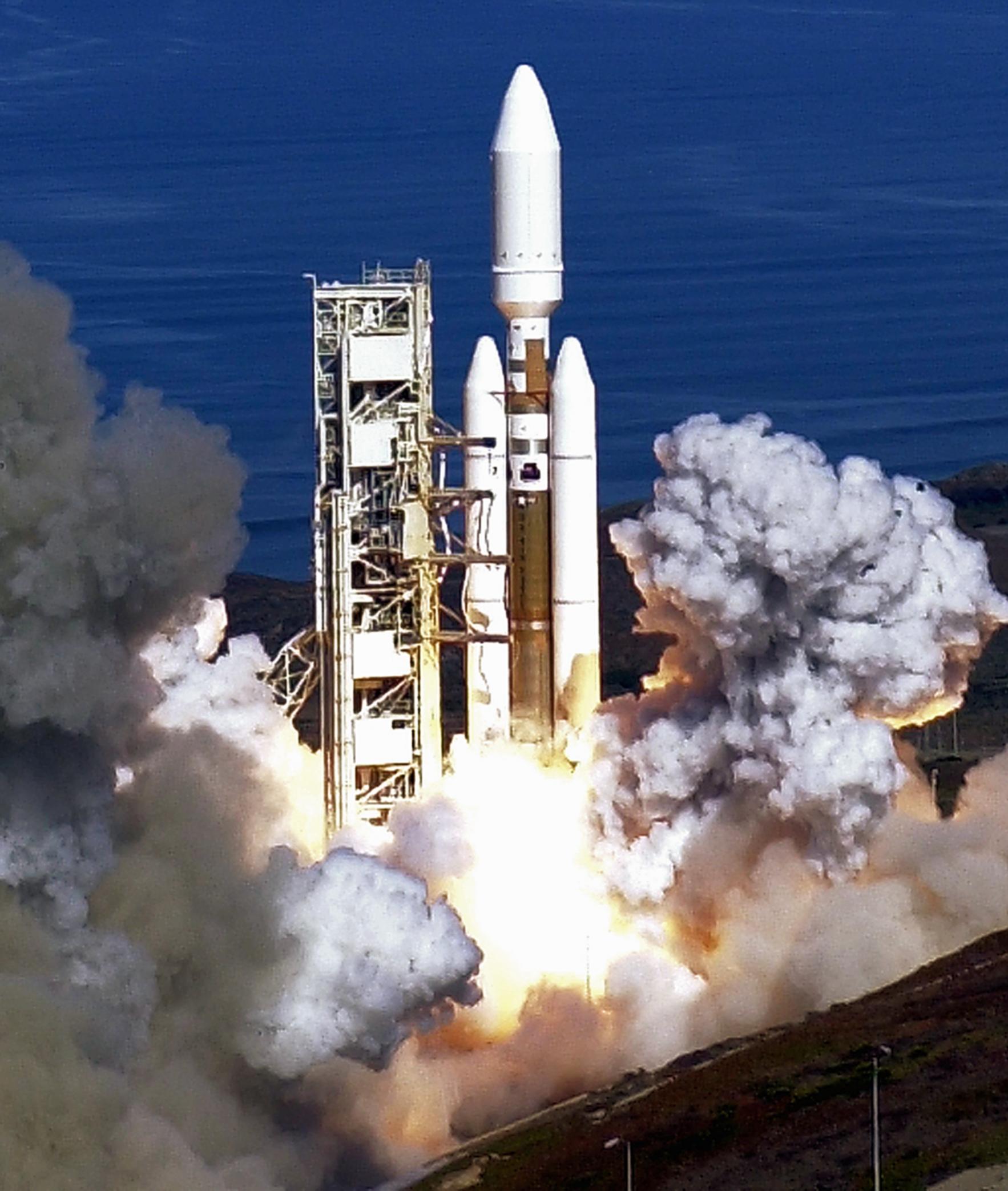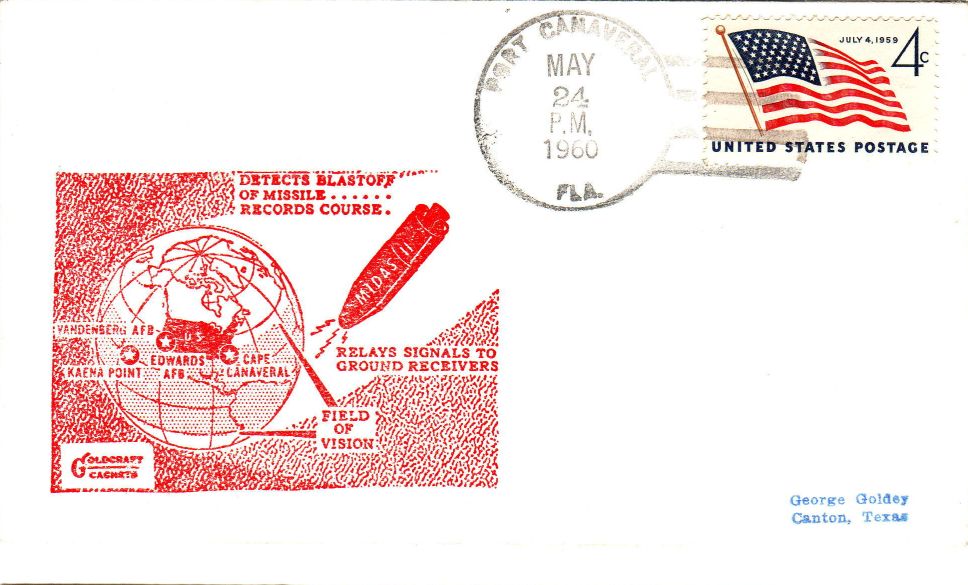Fifty years ago today — February 1, 1961 — an SM-80 Minuteman-IA intercontinental ballistic missile was successfully launched, marking the first test flight of the full-up solid-fueled ICBM.

(Minuteman-I missile. USAF image.)
Of more interest to me, this Air Force fact sheet notes that in April 1959 “Boeing launched the first Minuteman mockup at Edwards AFB, California. Test flights of mockup missiles continued into May 1960, all of which were successful.”
Why does that historical tidbit interest me so? Because many years later my first assignment was to the Air Force Rocket Propulsion Laboratory at Edwards, where those test flights had taken place. What made them remarkable was that those test flights at the Rock were tethered, meaning that after the missile left the silo* it was still shackled to the ground. I wish I had one of the images to post, of the missile trying to get away while sturdy lines held it fast.
Many of my friends spent tours of duty as missileers and missile maintainers, on later versions of the Minuteman as well as other ICBM systems. To each of them, and others whom I don’t know, I say: I’m grateful for your quiet diligence and your deterrent power which kept (and keeps) us secure. I salute you all.
___
*Which I visited many times, at Area 1-100.















